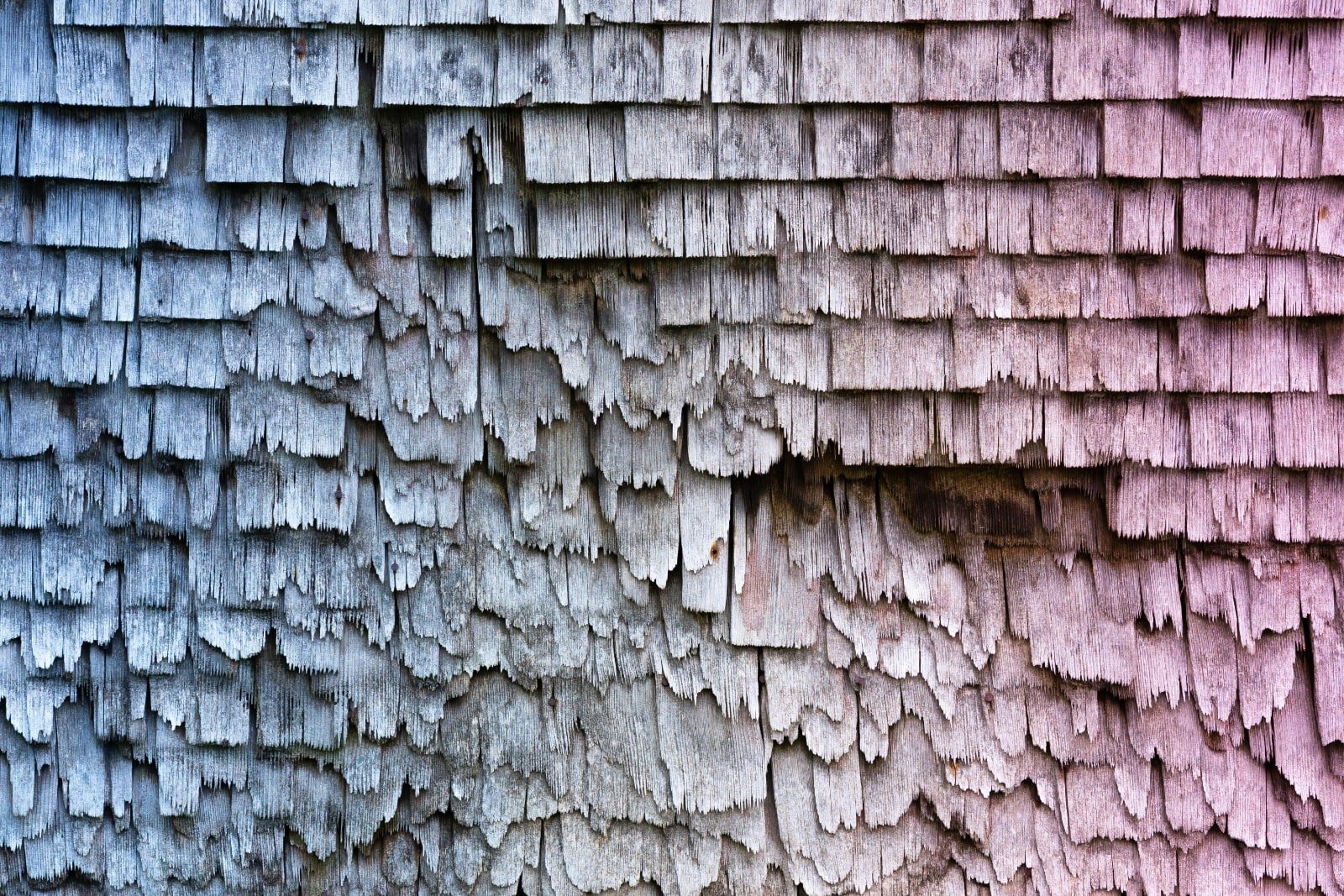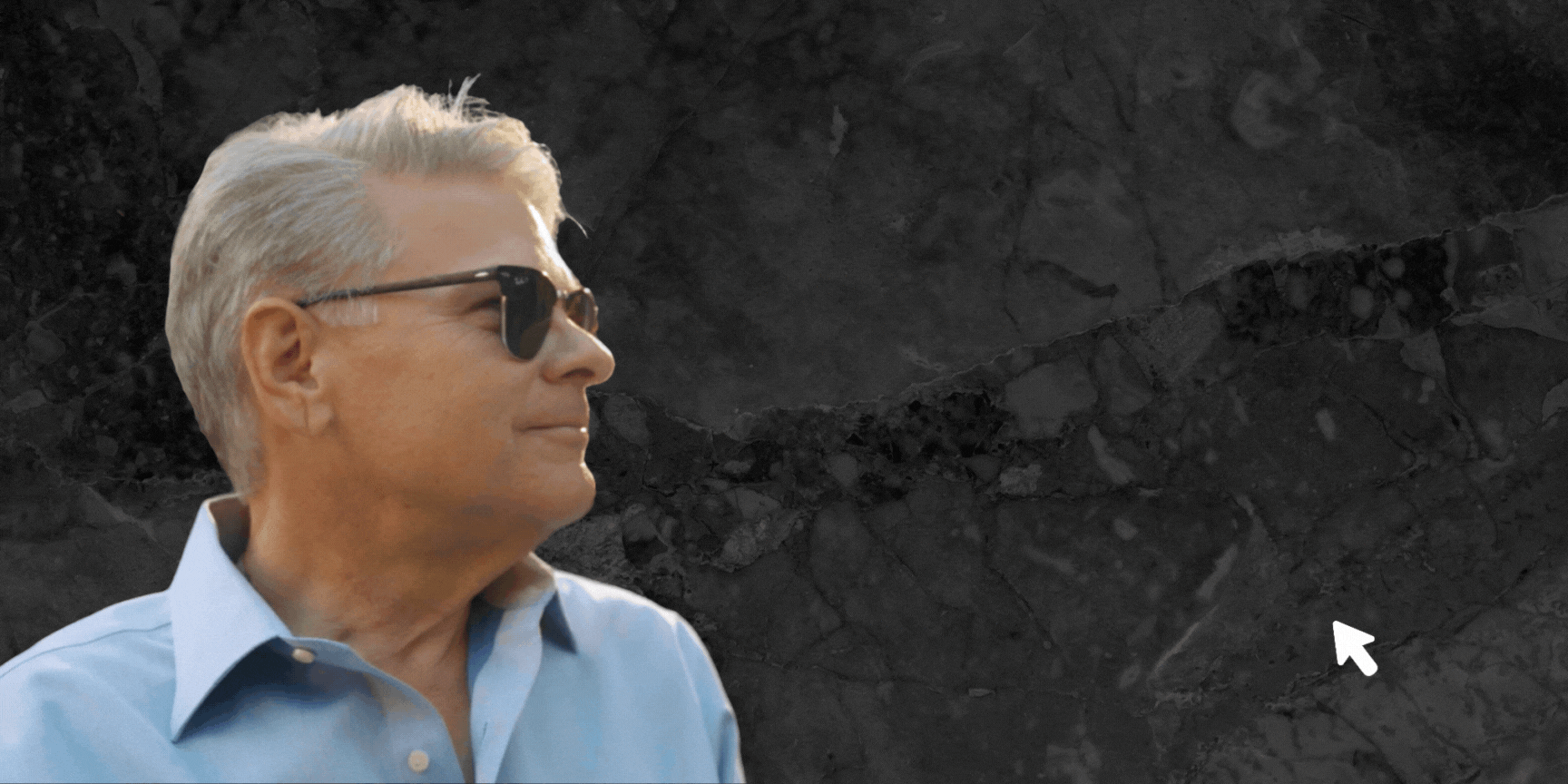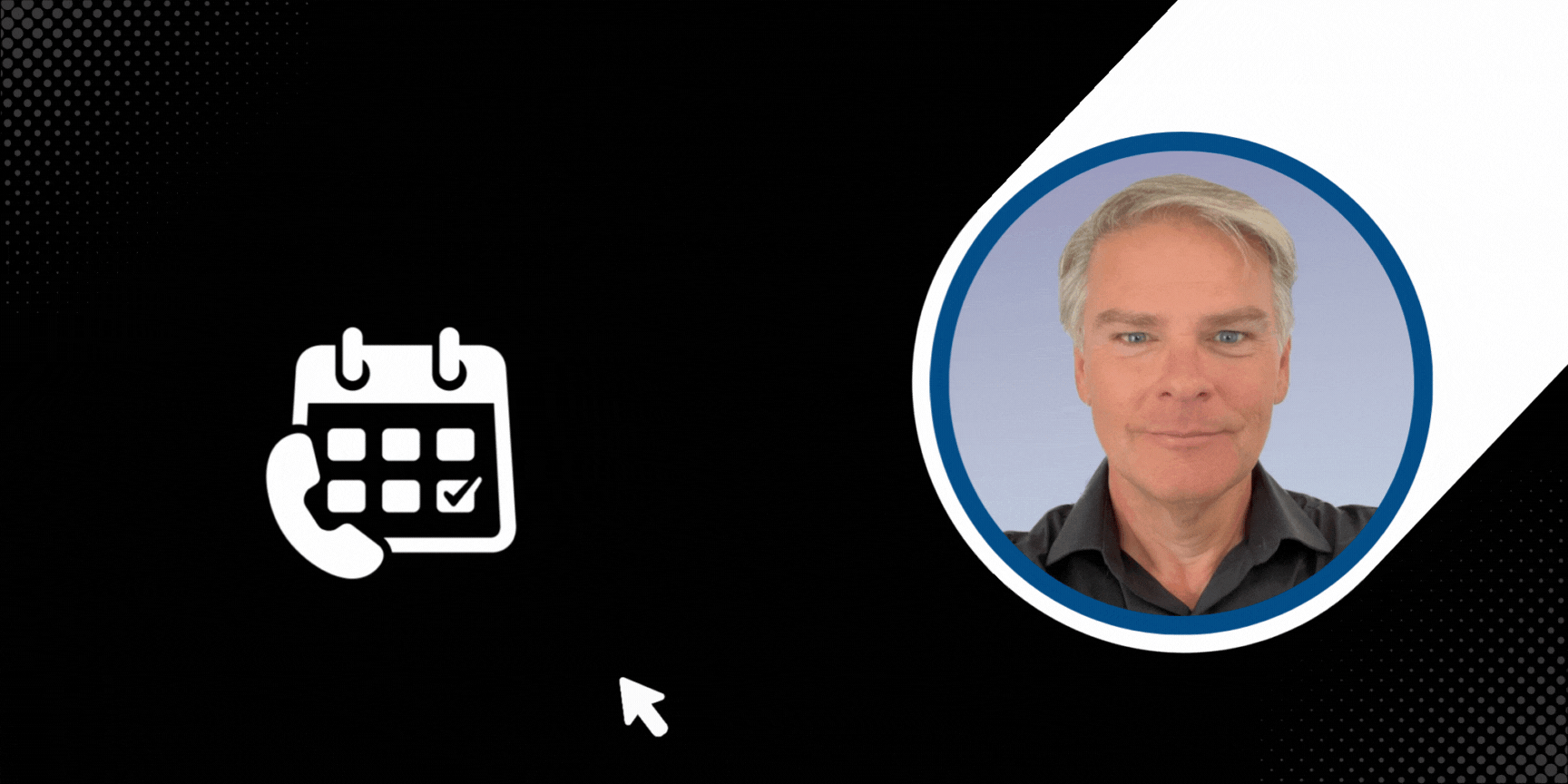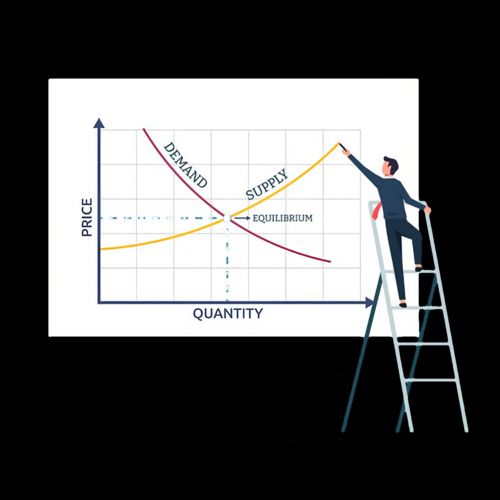A roof serves as the primary protection for a home, shielding it from elements such as rain, sun, and wind. Its condition significantly impacts the overall value and safety of the house. A high-quality, well-maintained roof enhances the curb appeal of a home, potentially increasing its market value. On the other hand, a roof in poor condition can deter potential buyers and reduce the home’s value. Roofing materials and condition have become increasingly important in the Bay Area, as California insurance companies have become very stringent when it comes to binding insurance policies on homes with less-than-perfect roofs. This article will explore dealing with a bad roof when buying or selling a home in the Bay Area.
Identifying Signs of a Bad Roof
Recognizing the signs of a bad roof is important whether you are buying or selling a home in the Bay Area. Some common indicators include:
- Leakage: Water stains on ceilings or walls often indicate a leaky roof. A leaking roof is a critical issue which may result in a lender denying a loan to a buyer, so this needs to be addressed somehow prior to close of escrow.
- Missing, Curling, or Cupping Shingles: These are signs of an aging or damaged roof that may require repair or replacement.
- Moss or Lichen Growth: These can indicate underlying damage or decay, or at the very least, poor roof maintenance.
- Granules in Gutters: This can be a sign of shingle deterioration, and is one of the signs of an aging roof.
- Sunlight Through Roof Boards: If you can see sunlight peeking through your roof boards from inside your attic, your roof may have holes or gaps.
How Home Inspectors Handle the Roof
A home inspection is a broader evaluation of a home’s major systems and components, often including the roof. During a home inspection, the inspector may assess the roof’s condition and highlight any issues. If they recommend a full roof inspection, it’s generally because they’ve identified some red flags which need further investigation by a roofing specialist.
It’s important to know that home inspectors do not always inspect the roof. Many home inspectors will not inspect the roof on a two-story (or higher) home; they are often precluded from doing so by their insurance companies. Some home inspectors will use a drone to do a remote inspection of the roof – and that’s good as far as it goes, but it’s not as good as actually getting up on the roof in person to get a better feel for the roof’s current condition.
Roofers, however, are very experienced working on high roofs, and they will bring the safety gear and experience for these kinds of situations, and are who you need to call when the home has an older roof and the home inspector has not personally walked the roof to check it out.
The Role of Roof Inspections
A roof inspection is a detailed assessment conducted by a roofing professional to identify any damage or potential issues. In a perfect world, it would be part of your routine home maintenance plan, particularly if you’re planning to sell your home in the next several years. Roof inspections can shed light on hidden problems, help estimate repair costs, and provide a clear picture of the roof’s condition to potential buyers.
Depending on the size and design of your roof, expect to pay between $200 and $300 for a roof inspection in the Bay Area. These inspections are performed by licensed roofing contractors, who will also provide a bid to address whatever repairs they feel the roof needs to extend its useful life. They may call these repairs a “tune up,” and if they are asked, may also provide a bid to replace the whole entire roof, if this is something that may be needed within the next few years.
Can You Sell a House with a Bad Roof?
Yes, you can sell a house with a bad roof. However, it’s important for a seller to be clear and up-front about the condition of the roof, because ideally you will sell the property as-is and not have the buyer discover on their own that a new roof is needed now or soon. Prospective buyers appreciate honesty, and revealing the roof’s condition can save you from contentious negotiation with a buyer later which could result in your deal falling apart. Having a deal fall apart, especially over repair issues, is one of the most costly things that can happen to a seller. The need to go back on market will quite often result in the next buyer offering a still-lower price.
If there is anything less-than-perfect going on with your roof, and especially if it seems that your roof is at or near the end of life, you should definitely get a repair or replacement bid and disclose that cost up-front to the buyer before they make an offer, or at least, before you go under contract with them. If you don’t do that, be prepared for negotiations or requests for repair credits from buyers later.
Does a Bad Roof Affect Home Appraisal?
A bad roof can indeed affect a home’s appraisal. Appraisers consider the overall condition of a property when determining its value, and a roof in poor condition can lower this value. The appraiser is not a roofing contractor, however, and they cannot accurately assess the true condition of the roof or what it might cost to repair, but depending how it looks – especially if it looks like it is leaking – will impact the appraiser’s overall perception of the condition of the home.
Appraisers are required to rate the home’s condition from 1 through 6, and they will use the condition rating, relative to the perceived condition rating of the comparable sales used in their appraisal. They will adjust the value of the comparables relative to what they consider the subject property’s condition, and may raise or lower the appraised value this way.
The Effect of a Bad Roof on Mortgage Approval
A bad roof can also impact a buyer’s ability to secure a mortgage. Many lenders require a home to be in good condition, including the roof, to approve a loan. The appraiser will be taking photographs of the property, and anything which appears to show significant roof issues – missing shingles, rotted eaves, rusted rain gutters, blue tarps on the roof, or signs of water leaking in the interior – will be shown to the loan underwriter. The loan underwriter may then decide that repairs will be required before the mortgage lender will fund the loan. This could potentially be a deal breaker, so you want to make sure you get ahead of this problem.
When to Replace Your Roof
If your roof is showing significant signs of damage or is nearing the end of its lifespan, it may be time to consider a replacement. A new roof can be a selling point for potential buyers. However, keep in mind that the cost of a new roof can be high, so it’s essential to evaluate whether the potential increase in home value is worth the investment.
It is important to consider that a roof is one of those things which won’t necessarily increase a home’s value beyond the cost of the new roof. Don’t expect that by spending $30,000 on a roof that it will increase your resale price by $60,000 if the roof is still serviceable. If the roof is not considered serviceable – that is, if it is in such poor condition that a lender will not loan on the property, that will definitely decrease your home’s value because it will mean that you’ll need a cash buyer. There are far fewer cash buyers versus buyers using a mortgage loan, and the law of supply and demand tells us that limiting your buyer pool will inevitably lead to a lower sale price.
The Cost of Roof Repair vs. Replacement
The cost of roof repair or replacement depends on various factors, including the roof’s size, the extent of the damage, and the materials used. While repairs may be less costly in the short term, a full replacement could offer better long-term value, particularly if the roof is nearing the end of life. Of course, it can be difficult to determine just how much life a roof has left in it – actually, it’s impossible to determine that with any degree of certainty or specificity, but knowing the age of the roof (how many years ago it was installed), it’s expected life span (varies depending on construction material), and evaluating it for the signs it is going bad (see above) should give you an idea how soon the roof will last before needing to be replaced.
Buying a House that Needs a New Roof
In the Bay Area, it is very common that the seller will perform pre-sale inspections, including a home inspection and quite possibly a roof inspection. If the roof requires significant repairs or replacement, the seller will often include a bid to repair or replace the roof in the disclosure package – however, that is not universally true. It may be that the seller provides no inspections (as may be more common in distressed sale situations, probate sales, divorce, etc.). Or it could be the seller provides only a home inspection, which reveals issues with the roof, but does not provide a detailed and specific roof inspection. Or they may provide a roof inspection with a repair bid to “tune up” the roof, but really, the roof is at or near the end of life, and even with a tune-up, could soon start leaking – so the buyer would in all likelihood be looking at putting on a new roof relatively soon after closing.
If you’re buying a house that needs a new roof, consider negotiating the repair costs with the seller. Your ability to negotiate any repair issues with the seller will be greatly constrained if you are buying in a seller’s market, when there is strong demand for the kind of property you are considering buying. If the seller thinks there is probably a buyer out there who will offer their asking price even with the current condition of the roof, they are not likely to want to reduce the price, or give any credits, for whatever roof work the buyer may deem necessary.
In the Bay Area, it is often the case that there are multiple offers on homes – when there are multiple offers, it becomes much more difficult to negotiate with the seller over these kinds of repair issues. When you are facing direct competition against other buyers who also have offers in on the property, buyers are really competing against each other, rather than negotiating with the seller over repair issues.
And even when yours is the only offer presently on the table, the time that you spend trying to negotiate a lower price, repair credits, or actual repairs of a roof allows time for other offers to come in. When the home is newly on the market, the seller has little to lose by drawing out the negotiation process as they wait to see if any other offers come in. You can expect that if you do submit an offer that’s significantly below list price, or makes onerous requirements on the seller like they repair the roof prior to closing, that the listing agent will be working overtime to bring in additional buyers to compete with you – at which point, you may end up paying even more for the property than if you had simply agreed to pay list price and with terms that the seller finds easy to accept.
Repair Escrow Holdback
In many parts of the country, these kinds of repair issues may be resolved by what is known as a repair escrow holdback. The way this works is that the seller agrees to leave a certain amount of money in escrow to pay for whatever repairs after closing. To do a repair escrow holdback, you would need to get a bid for whatever repair(s), and submit that to the underwriter for review. The underwriter may then approve the loan to fund, subject to the holdback. The underwriter will typically require that the holdback be greater than the cost of the repair bids. This will vary from lender to lender, but is usually at least 50% greater than the repair bid cost, to allow for cost overruns. After the repairs are completed, the contractor(s) will submit their invoices to the escrow company, who will issue payment once buyer and seller have given them instructions to do so. Any money left over for the repair escrow holdback will be returned to the seller, once all repairs are complete.
Repair escrow holdbacks are uncommon in the Bay Area. There are several reasons for this – the primary reason being that the market is usually very competitive, and most buyers will not need a repair escrow holdback. There are so many cash-rich buyers out there that they can simply afford to pay for a new roof (or whatever other repair) after closing, out of pocket. They may need to put somewhat less cash down when they buy the home, but often times, these buyers will be planning on doing significant work to the property after close of escrow anyway, and so they will just factor the roof repair into the budget.
However, repair escrow holdbacks are not totally unheard of in the Bay Area. When these happen, it is usually for buyers who have relatively little cash on hand – these are buyers who are putting down 5%, 10%, or can barely scrape together 20% for the down payment. These buyers may not have the resources to pay for a new roof after closing, and so will need to negotiate a repair escrow holdback. However, even so, this typically only happens when the lender absolutely requires the roof be repaired or replaced, and there are no better buyers out there who can buy the property as-is, without the need for a repair escrow holdback.
Paying for a Roof Repair or Replacement After Closing
When you are interested in buying a home that needs a new roof in the Bay Area, the reality is that in most (but certainly not all) situations, you will be looking at doing the roof repair or replacement yourself, after closing when you are the owner of the property. The question then arises, how can you pay for it?
This isn’t a problem for many Bay Area homebuyers, a great number of whom will have cash on hand to pay for a new roof. If you aren’t one of those fortunate people, how can you pay for a new roof?
Typically, when a homeowner needs a new roof and they don’t have the cash to pay for it, they will get a HELOC – Home Equity Line of Credit. This is the perfect instrument to pay for new roof, and other costly repairs or upgrades you may want for your new home. A HELOC may take 60-90 days to fund, and if you need a new roof right away during the rainy season, this may not work out so well. It could be possible that you work on a HELOC at the same time as you are working on your original purchase money loan; some mortgage lenders may do this for you.
Another option is to check into there HERO Program. The HERO (Home Energy Renovation Opportunity) program (also known as a PACE loan – the Property Assessed Clean Energy loan) will give homeowners funds to make certain improvements (e.g. solar panels, roof, windows, and others) to the home, and pay for those improvements over time, on their property tax bill. These loans are relatively easy to qualify for, as the primary determinant is the amount of equity you have in the property.
Some roofing companies may offer financing as well. The financing offered by roofing companies is typically short term financing, perhaps only a year or so, but that may be an expense you’re able to cover for a relatively short period of time.
Conclusion
The housing stock in the Bay Area is getting old – most homes by now are 50-60 years old or more, and quite a few of them have roofs that are at or near the end of their expected lifespan. This can create challenges with insurance, mortgages, and of course the risk of buying a home with a roof that is covering latent damage underneath it that may result in higher repair costs than you could budget for.
But at the end of the day, a roof is just a roof. It is a very important and expensive component of a house, but if you are planning to own whatever house you buy for the long term (and you should always plan on owning whatever house you buy for the long term), investing money in a new roof is money well spent. It buys you peace of mind, possibly lower insurance costs, and a better aesthetic for your home.





